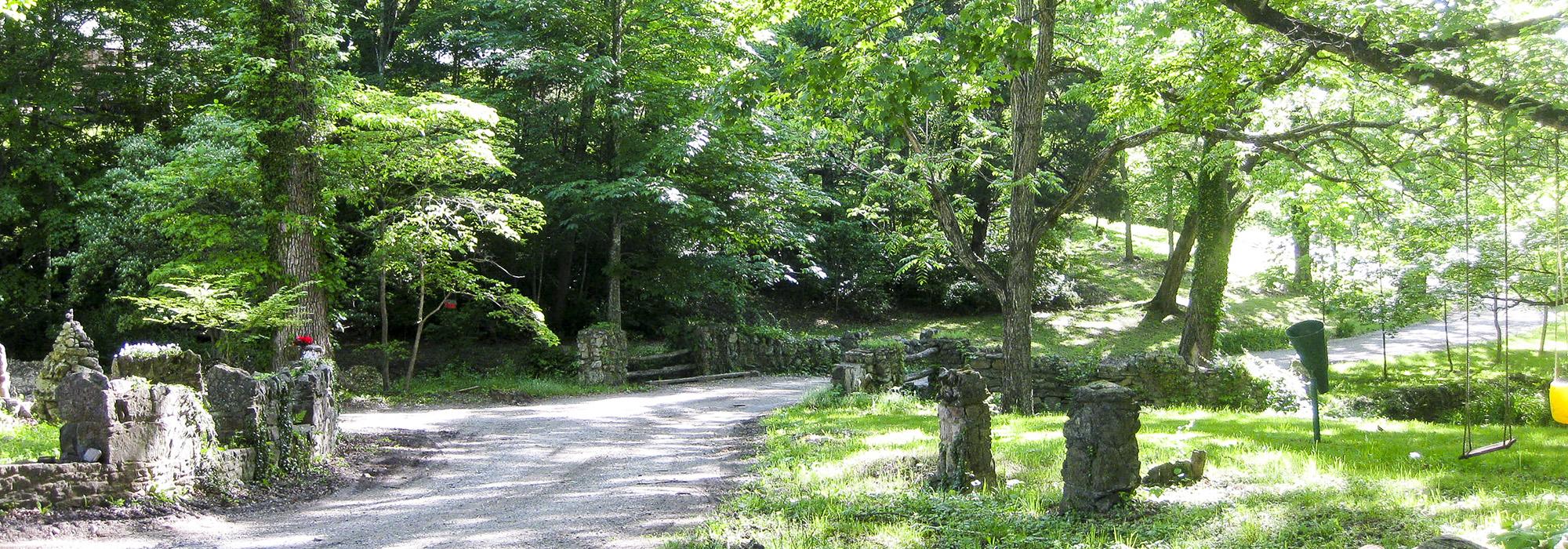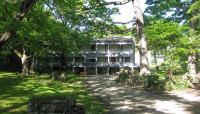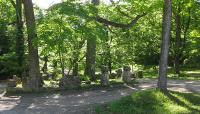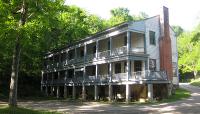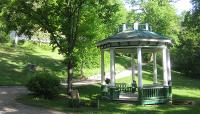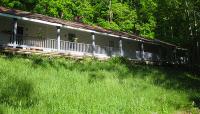Landscape Information
Developed in the early nineteenth century by Charles Taylor, this resort complex located in a wooded glen south of Blacksburg was one of a number of mineral spring resorts frequented by antebellum white elites in Virginia. Encompassing some 160 acres and providing exceptional views of the surrounding mountains, Taylor’s Springs resort was constructed around a natural seep flowing at a constant 55 degrees, reputed to have curative powers. As the popularity of the site increased—aided by the construction of a railroad depot nearby—the two-story hotel built by Taylor was often at capacity. In 1842 the property was purchased by Armistead Forrest, and renamed Yellow Sulphur Springs in 1853. Over the next decade, cottages were constructed and, eventually, a second hotel, ponds, and gardens.
Closed during the Civil War, it reopened in 1869, becoming a popular retreat for retired Confederate generals, among others. An Italianate gazebo was constructed near the springs, followed by another hotel, replacing one that burned in 1883. By 1923, following national trends, the resort’s popularity declined. In 1926 a consortium of African American businessmen from Roanoke purchased the site and operated it until 1929, when it was again sold, being used in the 1930s for itinerant workers. Today, several of the historic structures remain—interspersed amidst more modern buildings— and the site, now 60 acres, is again operated as a spa. Paths meander across the undulating topography, providing access to the densely wooded forests that surround the historic core. The site was listed in the National Register of Historic Places in 1979.



